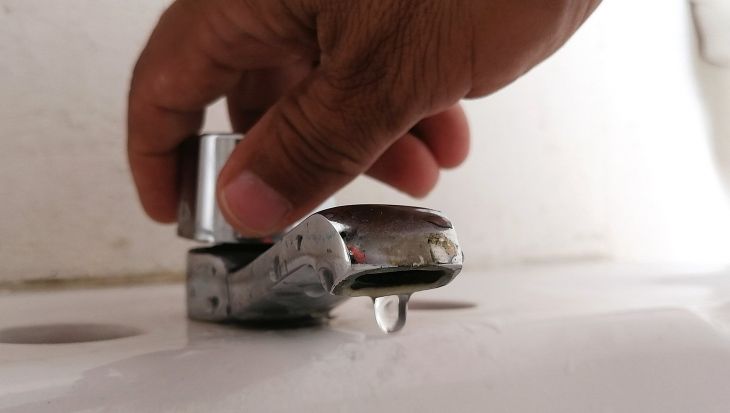From trapping water from the atmosphere to getting it from an iceberg, increasing water scarcity will force many countries in the coming years to use unconventional sources that can provide abundant water resources for human and agricultural consumption.
Thus, by 2050, nearly half of the world’s countries will suffer from water scarcity, so it’s time to start using these unconventional sources of water, he explained to F Mansour Qader, Deputy Director of the United Nations Institute for Water, Environment and Health (UNU-INWEH).
This Canada-based institute curated the book Unconventional water sourcespublished by the United Nations.
One of the main unconventional sources from which water can be extracted is the atmosphere, which is estimated to contain 13,000 cubic kilometers of water vapor. One cubic kilometer of water equals 400,000 Olympic swimming pools.
The needs of fresh water on the planet are about 4,600 cubic kilometers per year.
As Qader explained, there are several ways to capture water from the atmosphere and use it for consumption.
Specifically, he referred to the technique of fog collection using vertical nets, which rural communities in places as diverse as Chile, Morocco and South Africa have been applying for more than 100 years to recover water from the atmosphere.
This traditional technology, aided by the development of advanced materials, has made it possible to design collector panels that can produce more than 20 liters of water per square meter of mesh per day in conditions of dense fog.
The average cost per square meter of the network, which has a useful life of more than a decade, is less than 250 dollars (about 233 euros at current exchange rates).
In that period, a one-square-meter panel would produce about 75,000 liters of water, representing a production cost of “only” 33 cents (30 euro cents) per liter according to the report.
Another technique referred to by UN experts is the so-called “cloud seeding”.
In this case, the atmospheric dispersion of substances such as silver iodide or frozen carbon dioxide is used to cause precipitation.
Experts also say that the development of new technologies, such as membranes with nanoparticles, may make technologies such as seawater desalination a common practice for producing water for consumption in the coming years.
You may also like: UNAM innovates nanotechnology for water purification and oil recovery
Currently, approximately 5 percent of the world’s population depends on water produced through desalination.
considered capable of F Although this process currently requires large amounts of energy, the development of new technologies will make it available in the short and medium term to countries that currently cannot afford to use desalination.
In fact, it is estimated that by 2030, 200 million cubic meters of desalinated water will be produced worldwide, twice today’s production, at half its cost today.
The reuse of wastewater, such as municipal wastewater or wastewater used in agricultural activities, is one of the non-conventional sources pointed out by UN experts, along with the use of fresh water trapped in large underground tanks. Depth in the subsoil of the cliff Continental.
You may also like: Water train, life’s choice in the face of heat wave in India
But perhaps one of the most fascinating sources Kader mentioned was the water in the icebergs.
According to data from United Nations scientists, more than 100,000 icebergs from the Arctic and Antarctic melt into the oceans every year.
These icebergs contain more fresh water than the annual needs of the entire planet.
Although iceberg water harvesting has been discussed for many years, and is done on a small scale in Greenland, until now it has been considered impractical.
Although there are hurdles such as determining who owns the icebergs, Kader and other experts acknowledge that it’s time to seriously consider harvesting water from unconventional sources like the icebergs.
“The harsh reality is that traditional methods of harvesting water from snowfall, rain or rivers are not sufficient to respond to the growing needs for fresh water in areas of scarcity,” says Vladimir Smakhtin, Director of UNU-INWEH.
It concludes that “water-scarce countries need a marine change in water resource planning and management to include the creative use of an increasing number of non-conventional, but viable water resource sources”.
Edition: Laura Mirror





